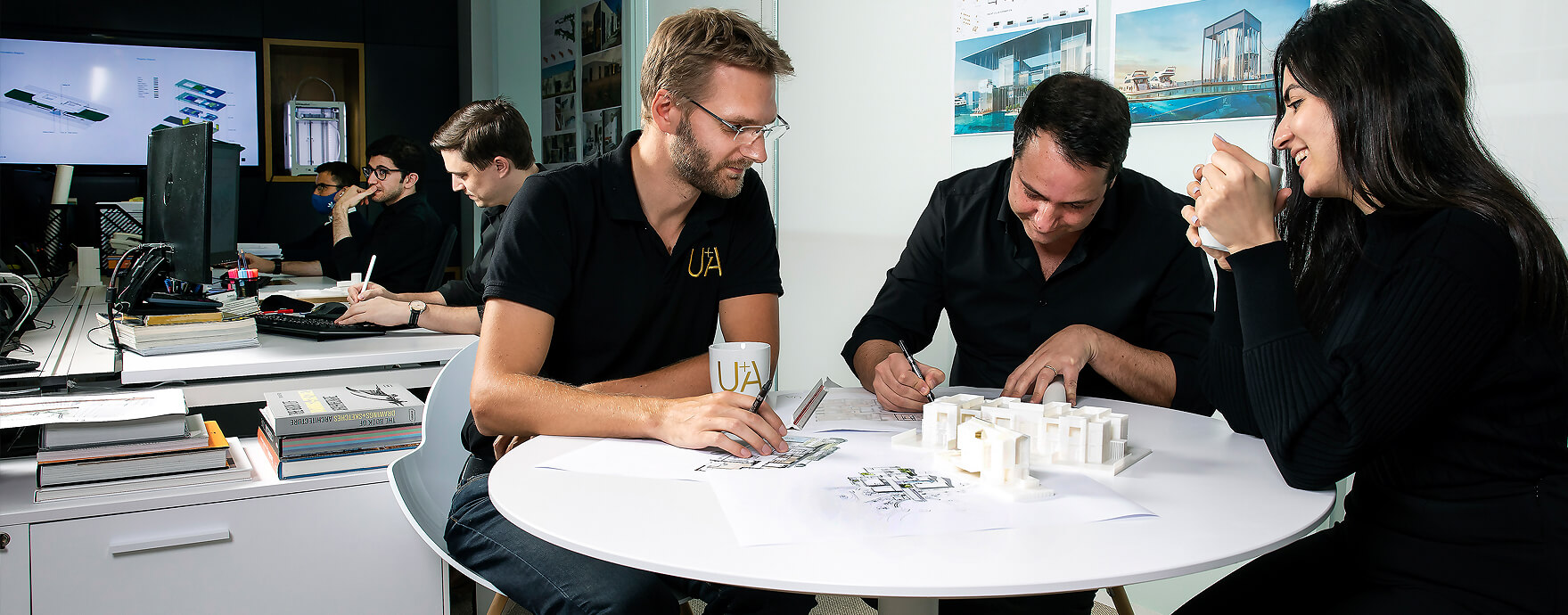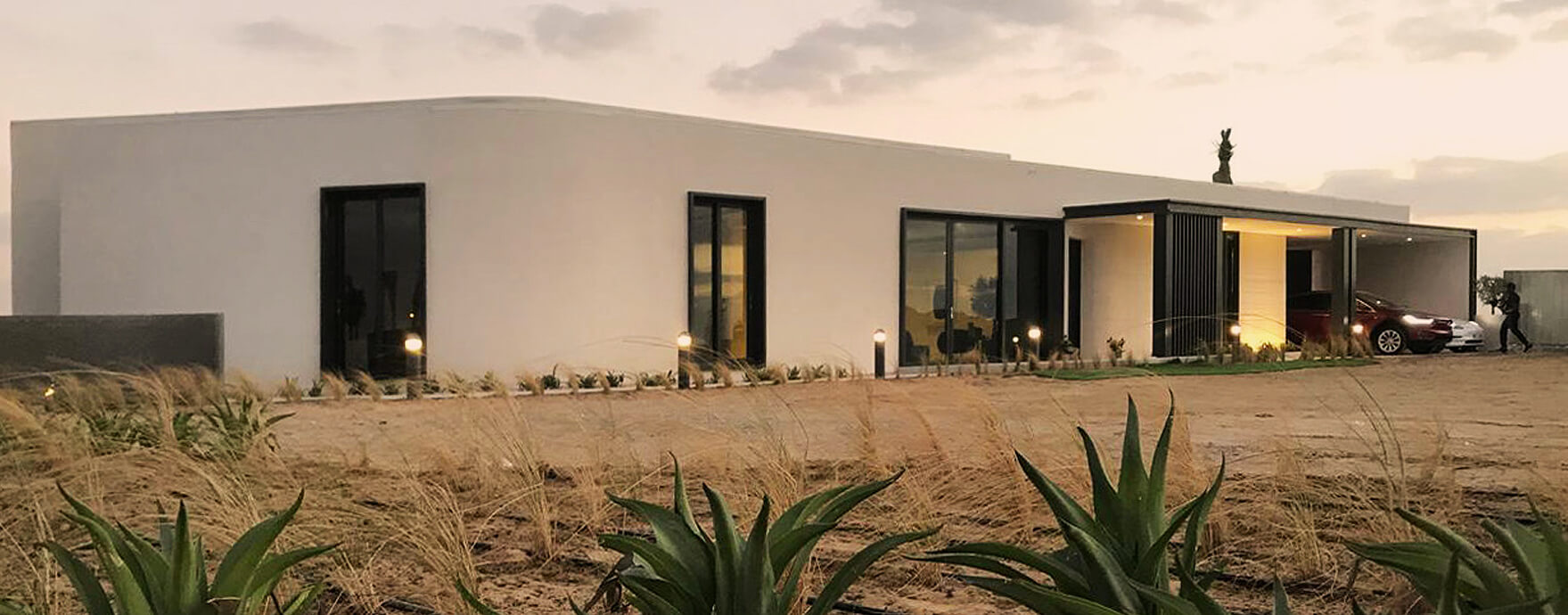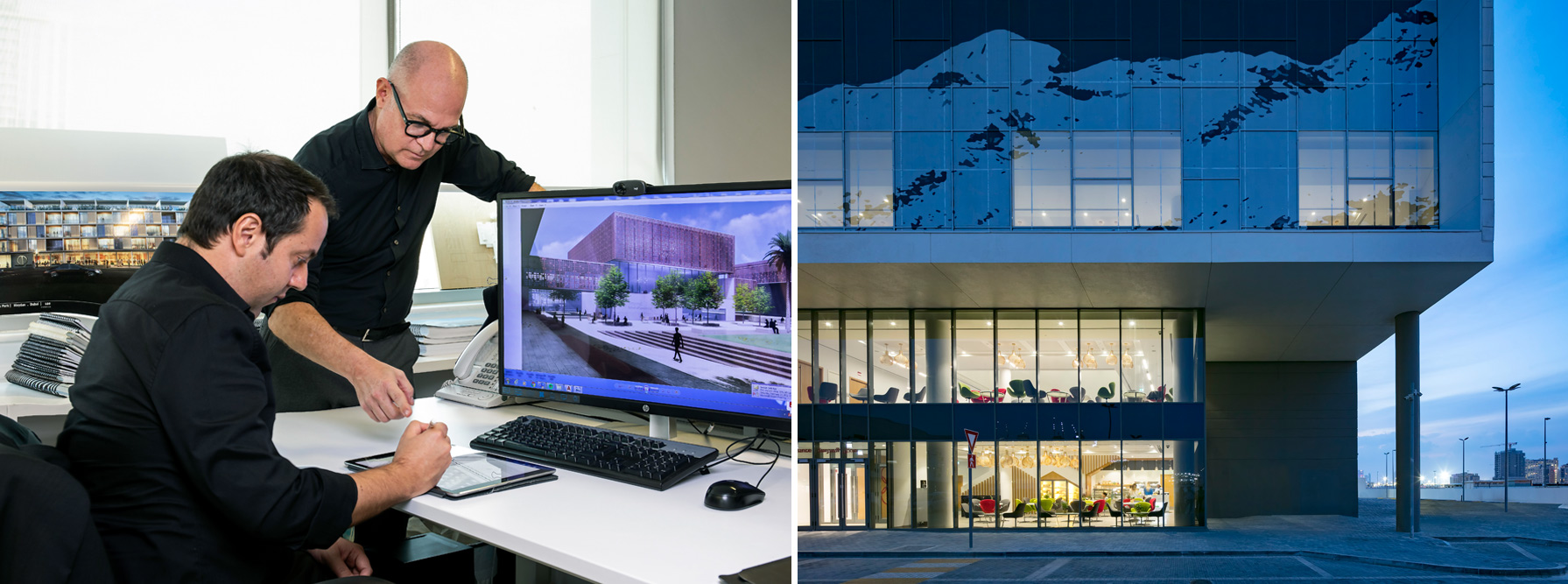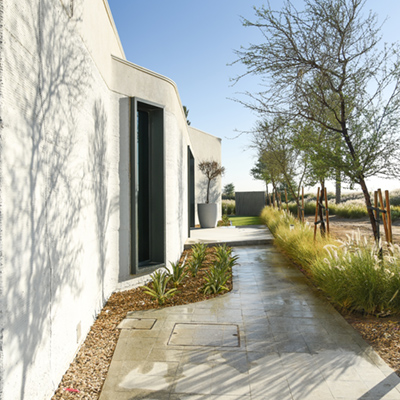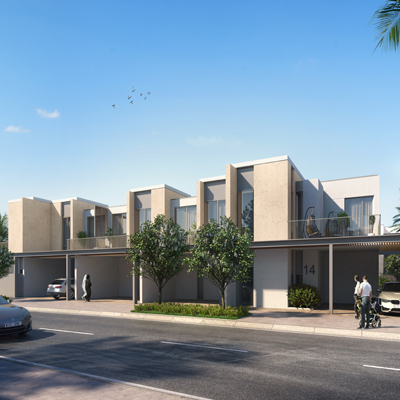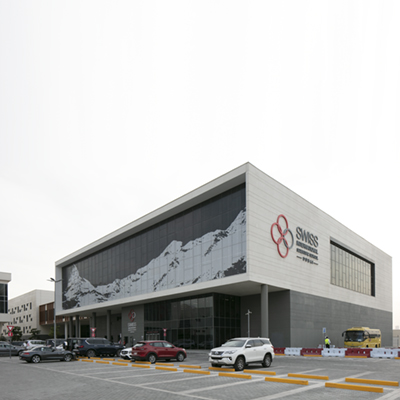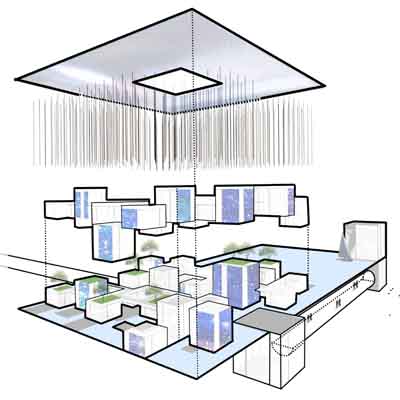
Our Expertise
Sustainability
Sustainability is a crucial element of U+A’s approach. Our design approach is guided by protecting the health, safety, and welfare of the public. We encourage environmentally sustainable design in all new developments. Community and Space sustainability goals are primarily fulfilled by our ability to create practical solutions to the challenges posed by climate change, population growth, and the pursuit of more connected, healthier communities of spaces.
U+A Sustainable Design Objectives
To advocate for sustainable design within the industry and to work towards a low impact built environment, to facilitate the adoption of sustainable design principles into all types of projects/developments, and for all designs need to comply with U+A’s basic sustainable design framework.
Minergie Accreditation
U+A has designed multiple sustainable projects over the past few years, but one of our flagship projects has to be Swiss School International, based in Dubai, United Arab Emirates. The building is one of a few Minergie (Swiss-registered labels for low energy consumption building) accredited buildings in the region. The UAE environment has a few challenges, scorching temperatures being one of them. Buildings mainly rely on mechanical ventilation, thus leading to very high energy consumption. To achieve Minergie standards, a target of 30KWn/m2/yr is required. After extensive research, the following solutions were proposed.
The reduction of thermal transmittance can be achieved by ensuring the building is as airtight as possible. A robust external wall system was developed in order to achieve a greater u-value. A decrease in artificial light consumption and an increase in natural light production was achieved through the implementation of less external glazed surfaces. Optimization of Intelligent BMS Systems to ensure optimal energy conservation and efficiency.
The innovative design of the building was optimized, after executing a thorough study of the solar geometry and its impact on the building. A heliodon (daylighting educational tool) was used to indicate that the atrium, the east façade of the auditorium block and the library façades should be optimized. After multiple daylighting calculations, a new design of the atrium with the Northlight was proposed. The final design ensured sufficient daylighting in the occupied zone. Climate based methods were used for high-performance facades. The optimal facade design made use of natural light sources and increased glazed areas, the use of high-performance glass, and the use of light shelves to redirect light into interior spaces.
One of the main objectives of this project was to translate a well-designed building into full eco-friendly operation. The Swiss School project was indeed an example of eco-friendly architecture that can be accomplished with progressive sustainable design standards and implementation.
At U+A, we have realized that sustainable design has a large scale future and is not centered around being a niche market. The consciousness of raising a relationship between existing consumption and conditions of the future generations is a reality that we, as an organization, take seriously. Sustainable thinking will remain a reflection of our architecture at present and in the future.
Our Projects

